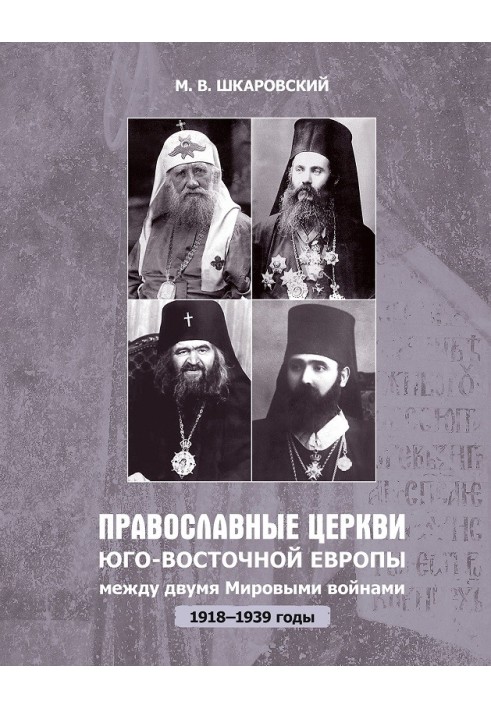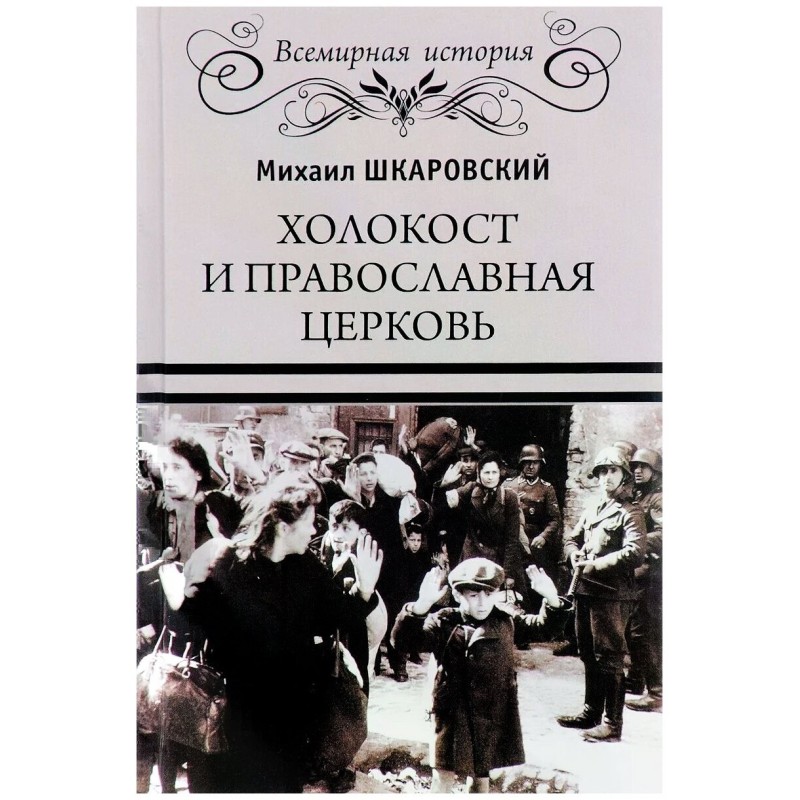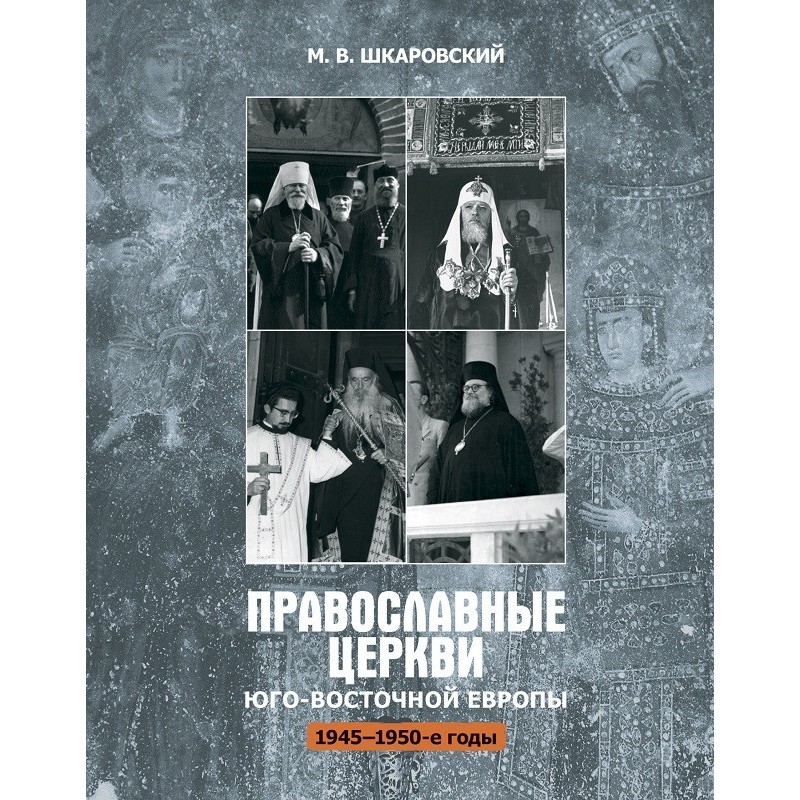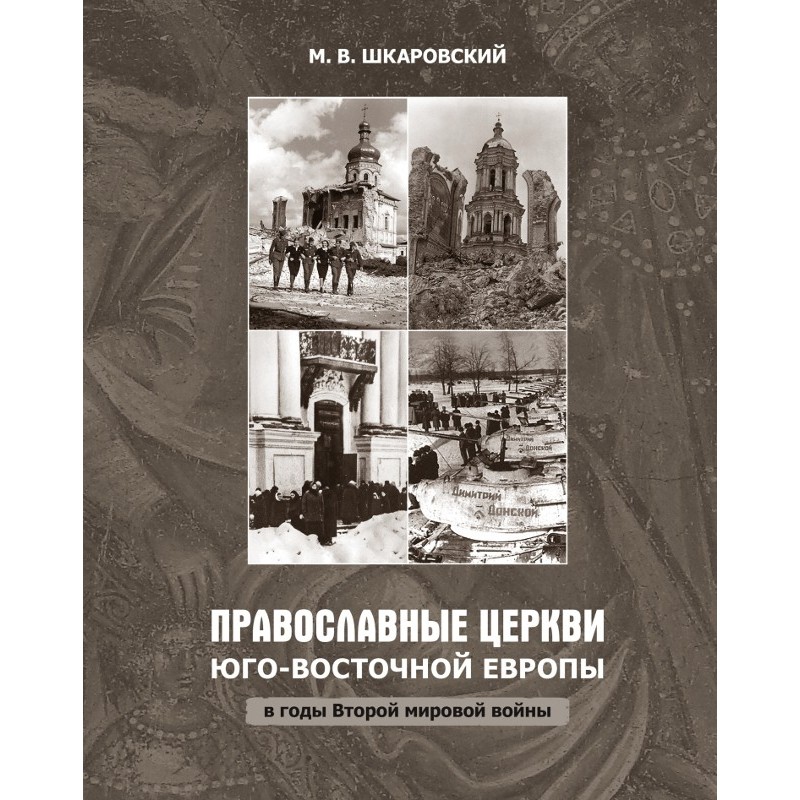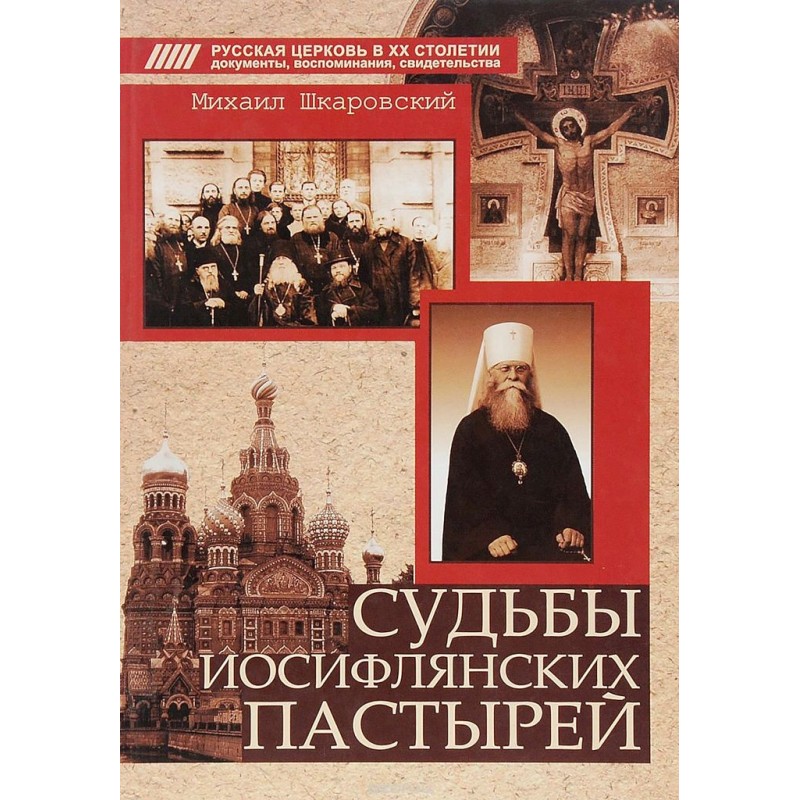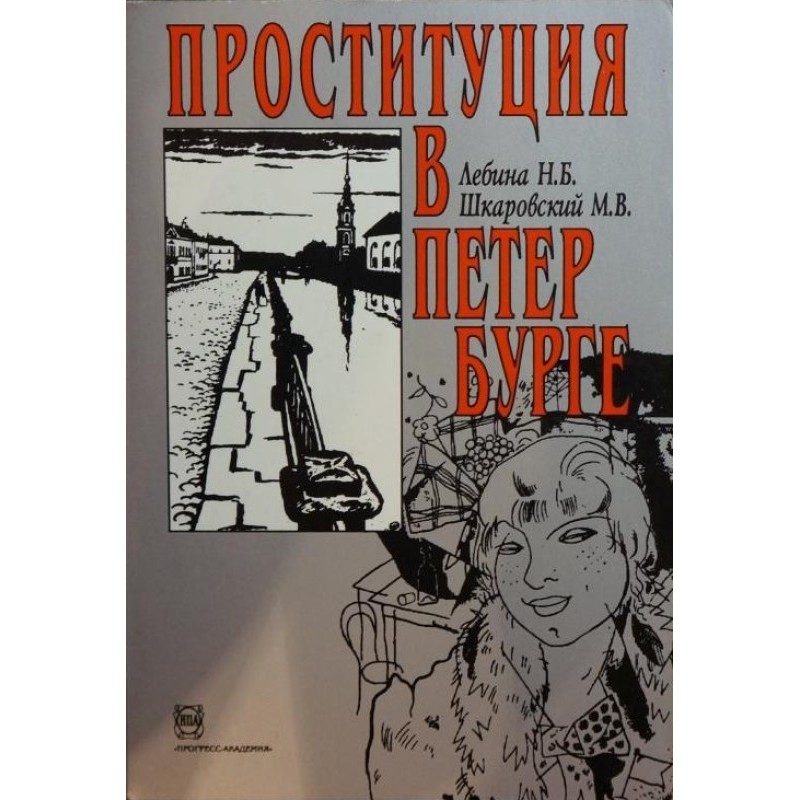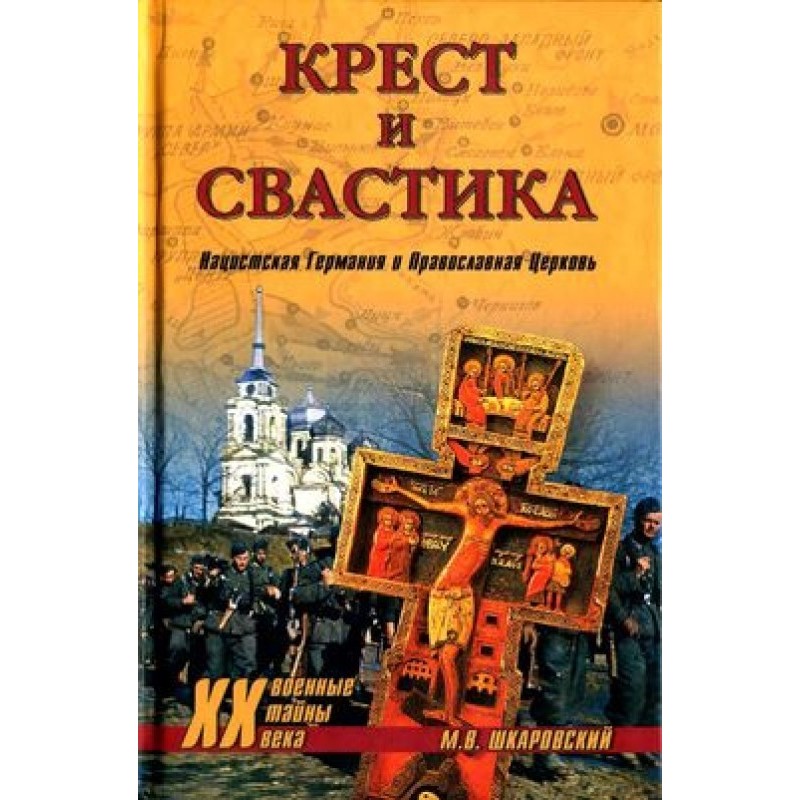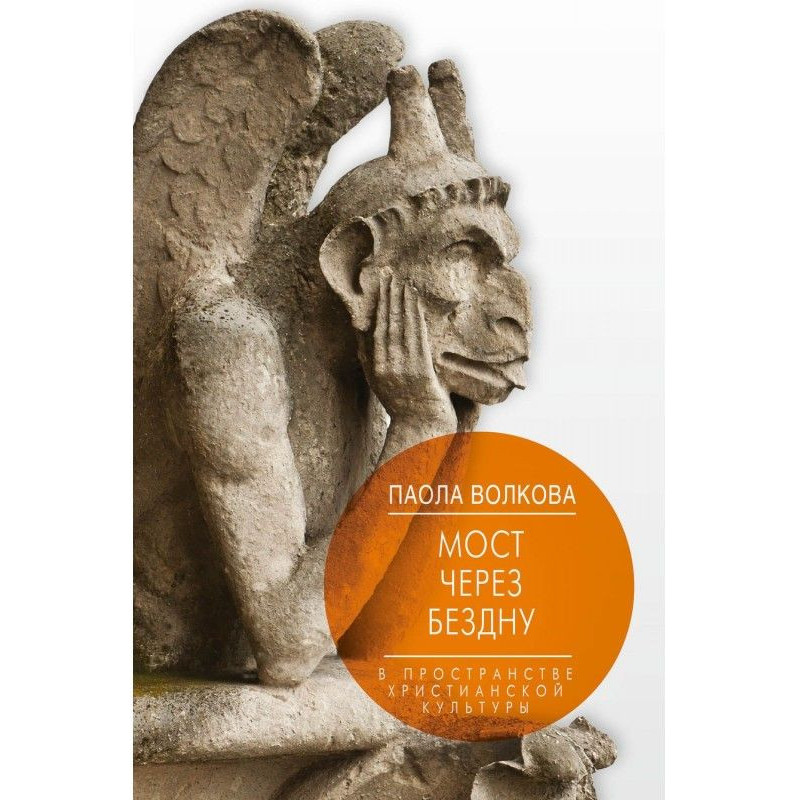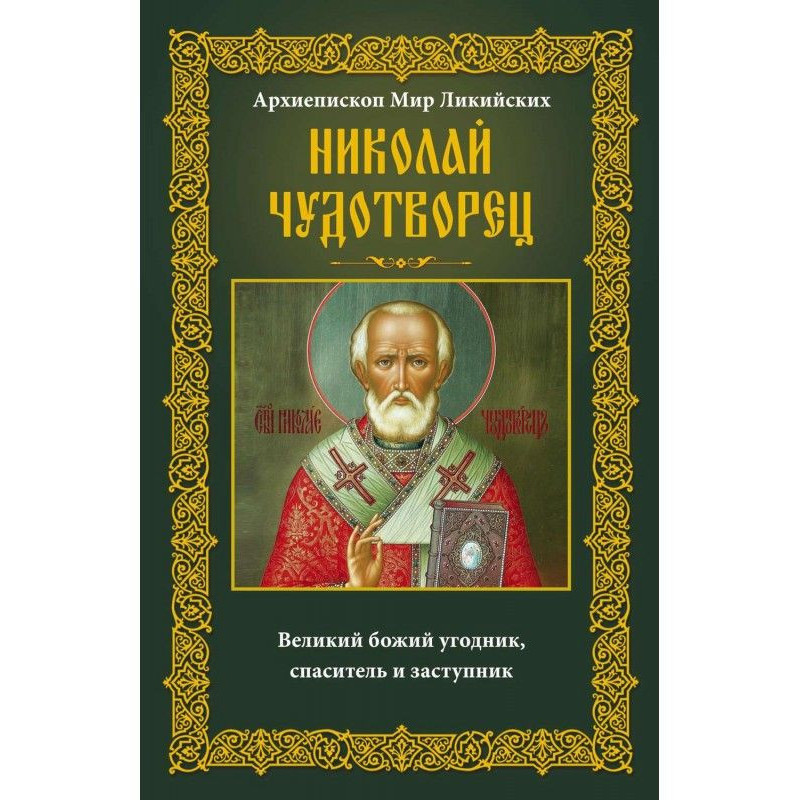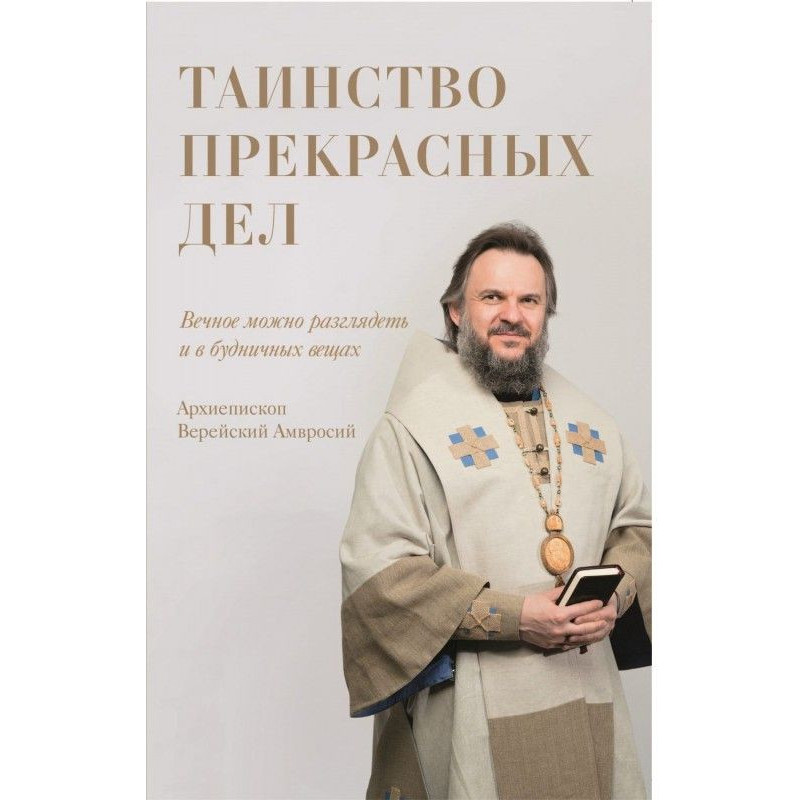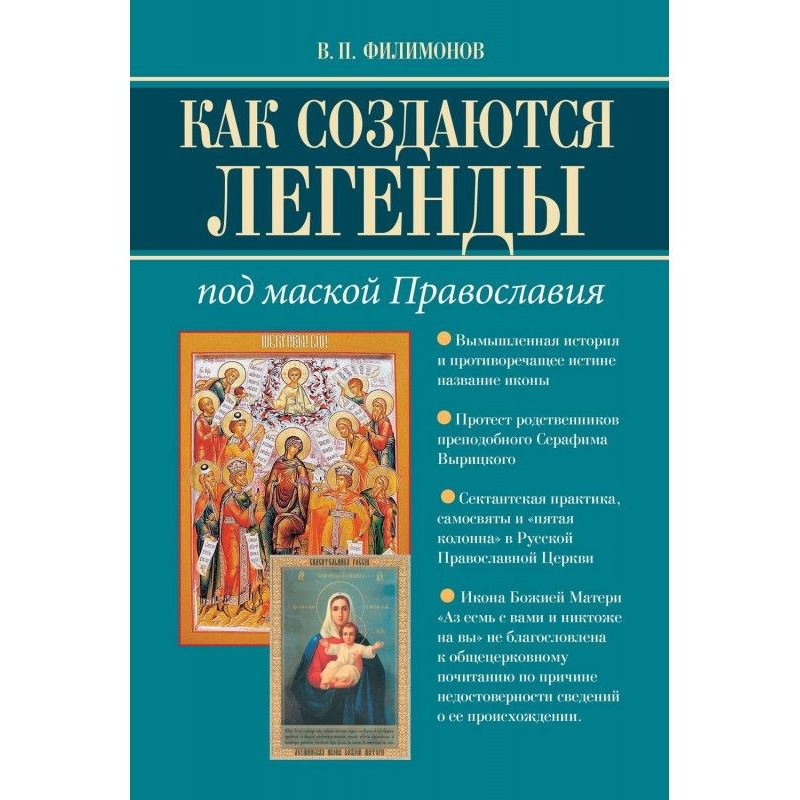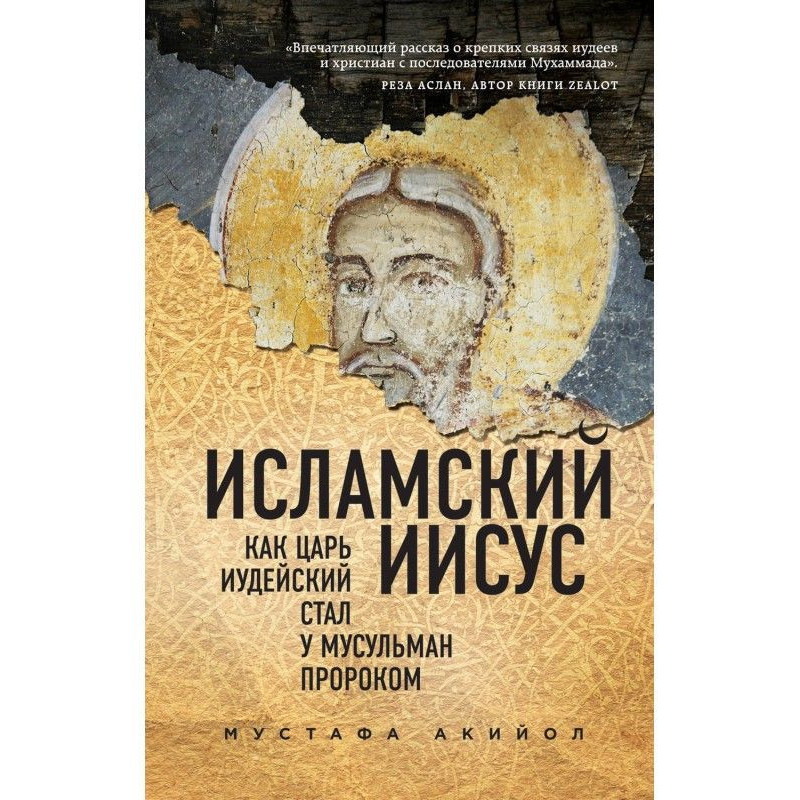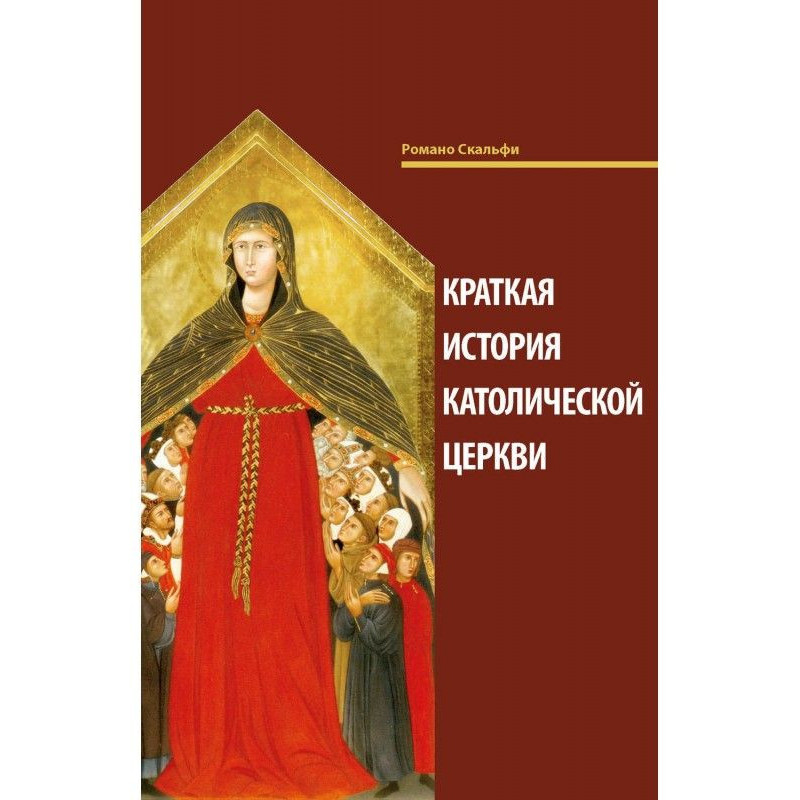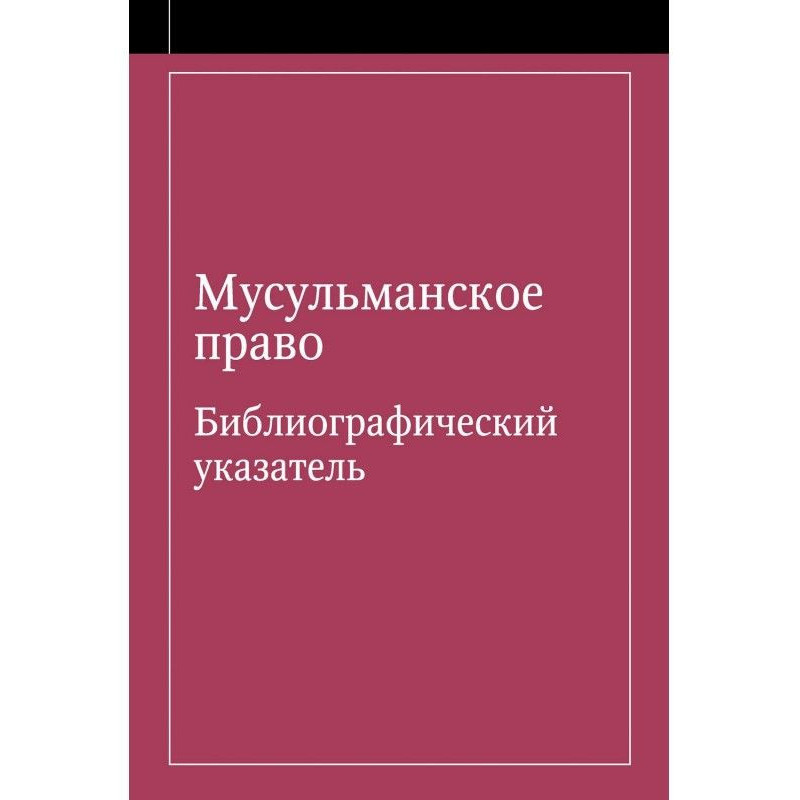Orthodox churches of South-Eastern Europe between the two world wars (1918 – 1939)
 Instant download
Instant download
after payment (24/7)
 Wide range of formats
Wide range of formats
(for all gadgets)
 Full book
Full book
(including for Apple and Android)
The publication offered to the reader is dedicated to the rich and eventful history of the Orthodox Churches of South-East Europe in the period between the two World Wars. These years became turning points in the history of a number of Local Orthodox Churches of the Balkan Peninsula. The Patriarchate of Constantinople lost all its dioceses in Asia Minor, but managed to survive and even increase its influence in the Orthodox world; The Serbian and Romanian Churches acquired the status of Patriarchate and significantly expanded their territories; a new autocephalous Orthodox Church arose - Albanian. At the same time, a number of Local Churches exerted not only spiritual, but also political influence, significantly influencing the situation in their countries (Yugoslavia, Romania, Greece, etc.). In the interwar situation, a significant place was occupied by the relations of the Orthodox Churches of South-Eastern Europe with the Russian Church, to which special attention is paid in the work. In some countries, Russian emigration played a very important role in the development of church life (Yugoslavia, Bulgaria, Czechoslovakia, Hungary). The monograph is based on rich archival sources, in particular, materials from Bulgarian, Serbian, Greek, German, American, Russian and other archives. The book is intended for historians, clergy and anyone interested in the history of Christianity. The publishing layout is saved in PDF A4 format.
Data sheet
- Name of the Author
- Михаил Шкаровский Витальевич
- Language
- Ukrainian
- Release date
- 2019
Reviews
Важливе дослідження для розуміння історії Православ'я
Ця книга є надзвичайно цінним внеском у вивчення історії Православних Церков Південно-Східної Європи в період між двома світовими війнами. Автор детально досліджує складні політичні та соціальні обставини, які вплинули на розвиток церковного життя в регіоні, зокрема, на прикладах Константинопольського Патріархату, Сербської та Румунської Церков. Читач має можливість зануритися в багатий контекст історичних подій, які формували не лише релігійне, а й політичне життя країн, таких як Югославія та Греція. Використання архівних джерел з різних країн робить цю монографію особливо цінною для істориків та дослідників. Хоча переклад тексту в деяких місцях може бути не зовсім точним, загальна якість видання та глибина дослідження компенсують ці недоліки. Рекомендую цю книгу всім, хто цікавиться історією християнства та культурними процесами в Південно-Східній Європі.

